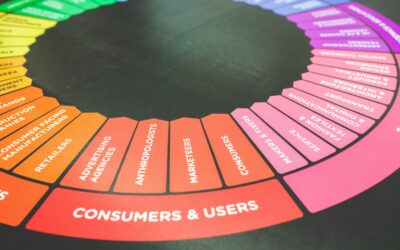Marketing Trends; 2025 and Beyond
As we look ahead to 2025 and beyond, the landscape of business marketing is set to evolve significantly, blending the best of both print and digital worlds. Personalization will take center stage in print marketing, with advances in variable data printing (VDP) technology enabling hyper-personalized campaigns tailored to customer preferences, demographics, and purchase history. This means that businesses can create more relevant and engaging print materials, such as postcards with product recommendations based on past purchases.
On the digital front, artificial intelligence (AI) and machine learning (ML) will continue to revolutionize marketing strategies. AI-driven tools will optimize everything from customer segmentation to content creation, allowing businesses to automate routine tasks and focus on strategic initiatives. Chatbots and virtual assistants will become more human-like, providing personalized interactions and enhancing customer experiences. Additionally, voice search and voice commerce will gain traction, with smart speakers becoming a mainstream method for information gathering and shopping.
Another exciting trend is the rise of augmented reality (AR) and virtual reality (VR) in digital marketing. These technologies will transform industries like retail, offering immersive shopping experiences that allow customers to visualize products in their own homes or try on virtual outfits. Brands like IKEA and Sephora are already implementing AR to enhance customer engagement and satisfaction.
Finally, sustainability will be a driving force in both print and digital marketing. Consumers are increasingly eco-conscious, and businesses will respond by prioritizing sustainable practices. This includes using recyclable materials, vegetable-based inks, and FSC-certified papers in print marketing, as well as adopting eco-friendly digital practices. By integrating sustainability into their marketing strategies, businesses can build stronger connections with environmentally conscious consumers and contribute to a greener future.
What do you think about these trends? Do any of them particularly resonate with you?



